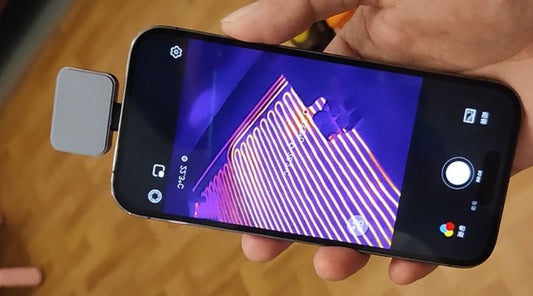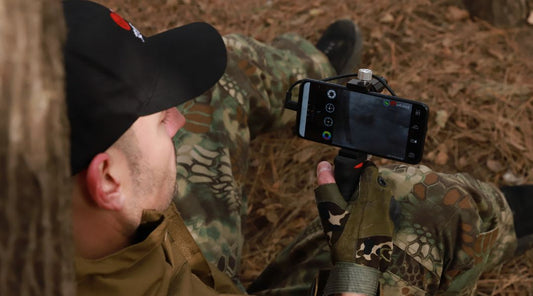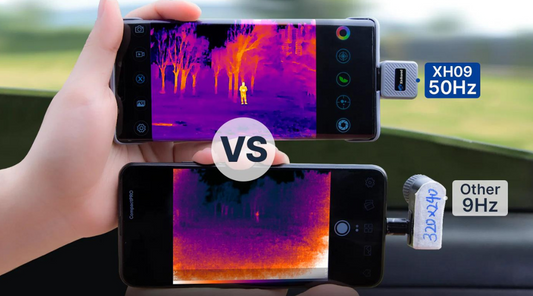Unlocking the Power of Thermal Monoculars for Daytime Exploration
Introduction: Thermal monoculars have been around for some time, but most people associate them with nighttime exploration, hunting, and surveillance. However, thermal monoculars can also be a powerful tool for daytime exploration, providing valuable insights into the natural world and enhancing your outdoor experience. In this article, we'll explore the many benefits of using a thermal monocular during the day and how you can unlock its full potential for daytime exploration.
The Benefits of Using a Thermal Monocular for Daytime Exploration:
-
Revealing hidden wildlife: With a thermal monocular, you can see beyond the visible spectrum, revealing animals that may be hiding in plain sight. Whether you're birdwatching, tracking game, or exploring a new hiking trail, a thermal monocular can help you spot animals that you might have missed otherwise.

-
Identifying thermal anomalies: A thermal monocular can help you identify temperature differences in the environment, which can be useful for a variety of purposes. For example, you can use it to find hotspots in your home that may indicate energy waste or potential safety hazards. Similarly, you can use it to identify temperature anomalies in your car, helping you diagnose potential engine problems before they become serious.

-
Enhancing safety: When exploring unfamiliar terrain, a thermal monocular can help you identify potential hazards such as hidden obstacles, crevices, and cliffs. It can also help you locate people in case of an emergency.
-
Improving outdoor activities: Whether you're camping, hiking, or hunting, a thermal monocular can enhance your outdoor experience by providing you with valuable information about your surroundings. For example, you can use it to find dry firewood or locate a water source.
-
Saving time: With a thermal monocular, you can cover more ground in less time, as you can quickly scan large areas and identify potential targets. This can be especially useful for hunting, where time is often of the essence.
How to Use a Thermal Monocular for Daytime Exploration:
-
Understand the basics: Before using a thermal monocular for daytime exploration, it's important to understand the basics of how it works. Essentially, a thermal monocular detects and measures infrared radiation, which is emitted by all objects and animals. The monocular then converts this radiation into a visible image, which allows you to see the temperature differences in your environment.
-
Choose the right monocular: When selecting a thermal monocular for daytime exploration, there are a few key factors to consider, including the resolution, the range, and the battery life. You'll want a monocular with a high resolution, so you can see fine details, as well as a long-range, so you can scan large areas. Additionally, a long battery life is essential for extended outdoor use.
-
Practice, practice, practice: Using a thermal monocular takes some getting used to, so it's important to practice before you head out into the field. Spend some time familiarizing yourself with the controls and settings, and practice scanning different environments to get a feel for how the monocular works.

-
Use in conjunction with other tools: While a thermal monocular can be a powerful tool on its own, it's even more effective when used in conjunction with other tools such as binoculars, compasses, and GPS devices. This can help you get a more complete picture of your environment and make the most of your outdoor experience.
Conclusion: Thermal monoculars can be a valuable tool for daytime exploration, providing you with insights into the natural world and enhancing your outdoor experience. By understanding the benefits of using a thermal monocular and following these tips for how to use one, you can unlock its full potential and take your exploration to the next level.




